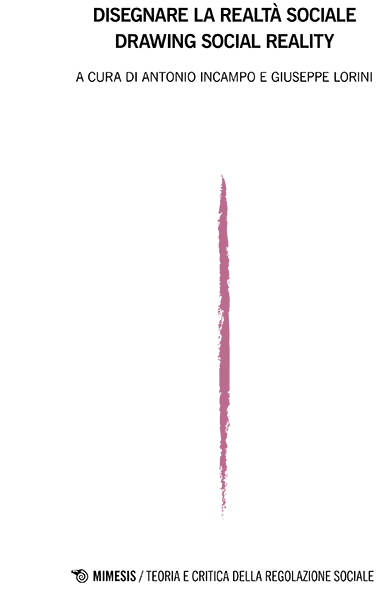Abstract
The image has a fundamental role in the construction of social reality. Three major functions can be traced. First of all, there is an alethic function. The image serves to prove the existence of something. It is the function, for example, of the photo on the passport, or the identification drawings of institutional entities such as banknotes, or even religious symbols to ascertain the belonging of individuals or associations to a religious creed. Then there is a deontic function. The images express principles, rules, commands that sometimes language could not otherwise formulate. There are a lot of cases: road signs, land use plans, comic contracts, creative commons licenses, cadastral maps, border maps. In short, it is the world of visual rules discussed in this special issue of TCRS. Finally, the image has an axiotic function. In the Policraticus (1159) John of Salisbury embodies the image of aequitas in the “princeps iudex”. The image does not simply aim to describe sovereign power, but to ideally represent justice to be celebrated and imitated. Imago aequitatis. It is, among other things, the extraordinary value of art. In these introductory pages, the poignant photo of Moro in the so-called “prison of people” (the photo was delivered on 19 March 1978 with the first terrorist communiqué) demonstrates it alongside the work Qui ne se grime pas? (1923) by Georges Rouault. The image here does not describe or order anything, but separates good from evil. Miserere mei, Domine!
Parole-chiave: Image; Social Reality; Rules; Justice; Function

